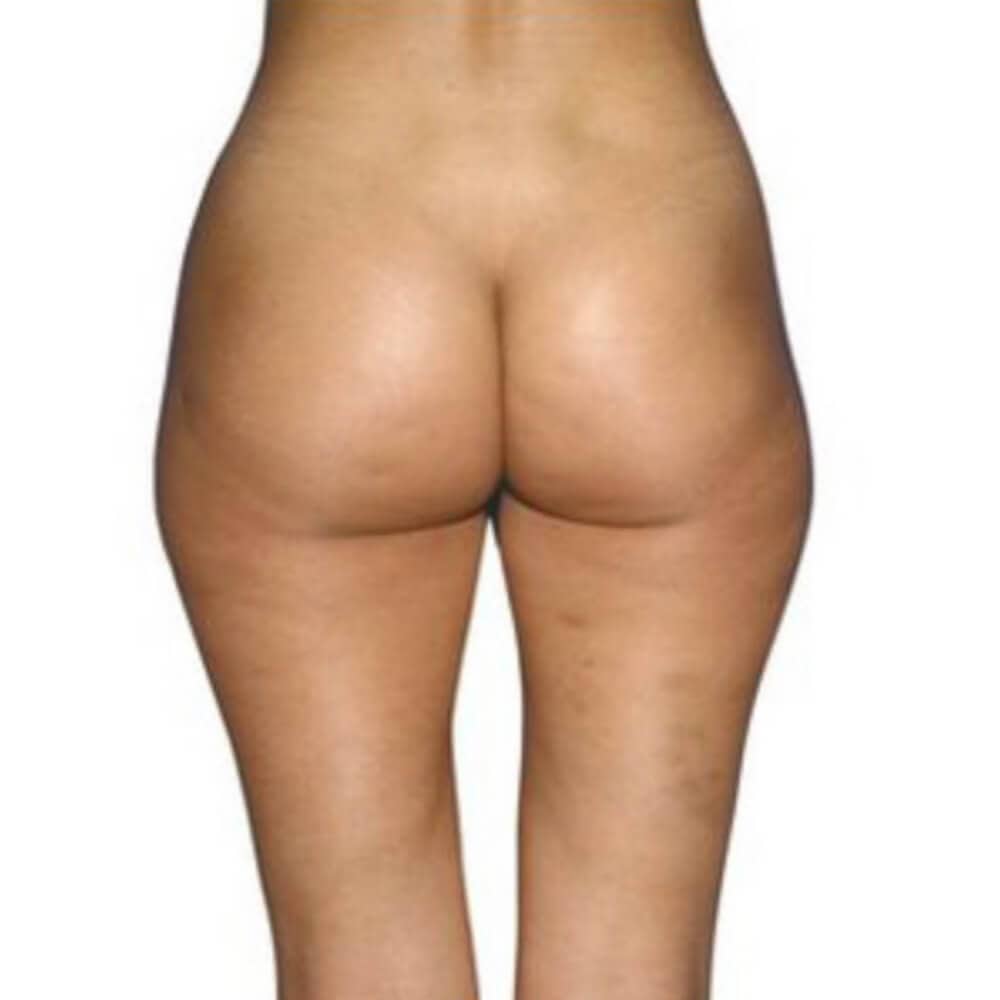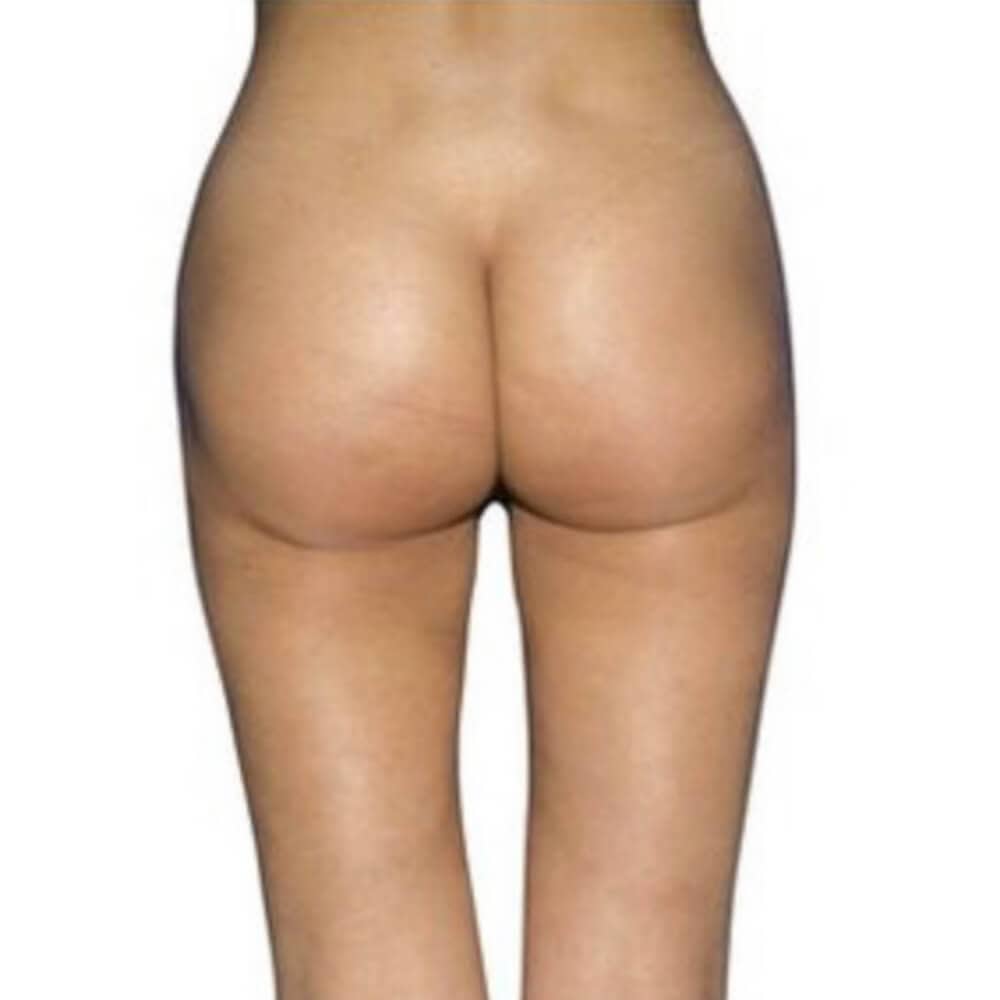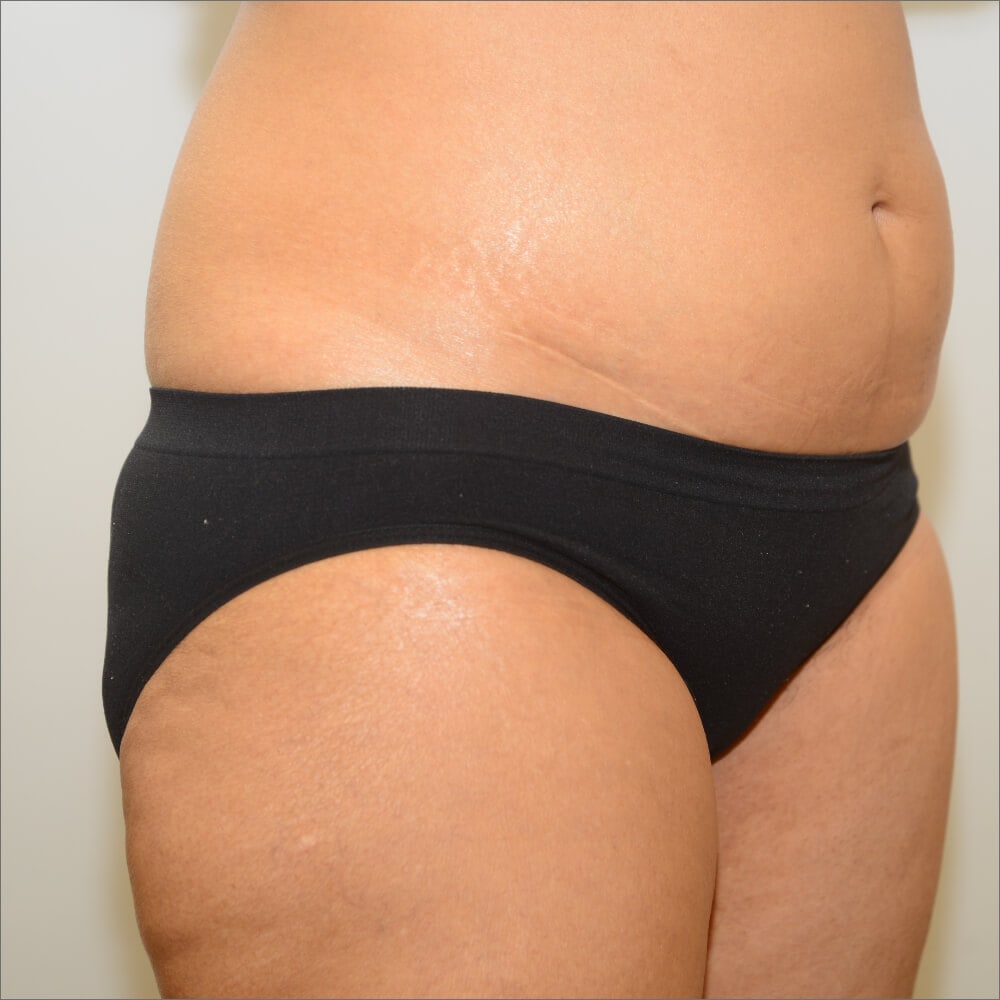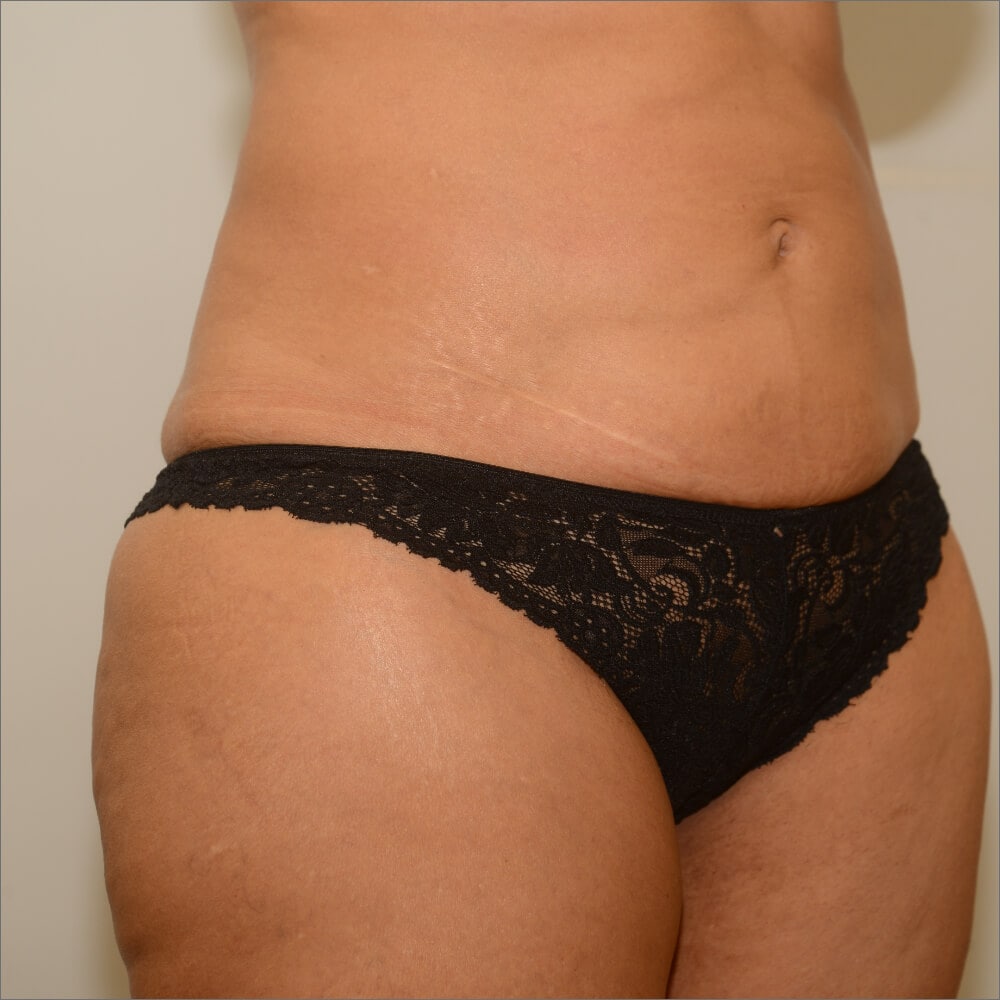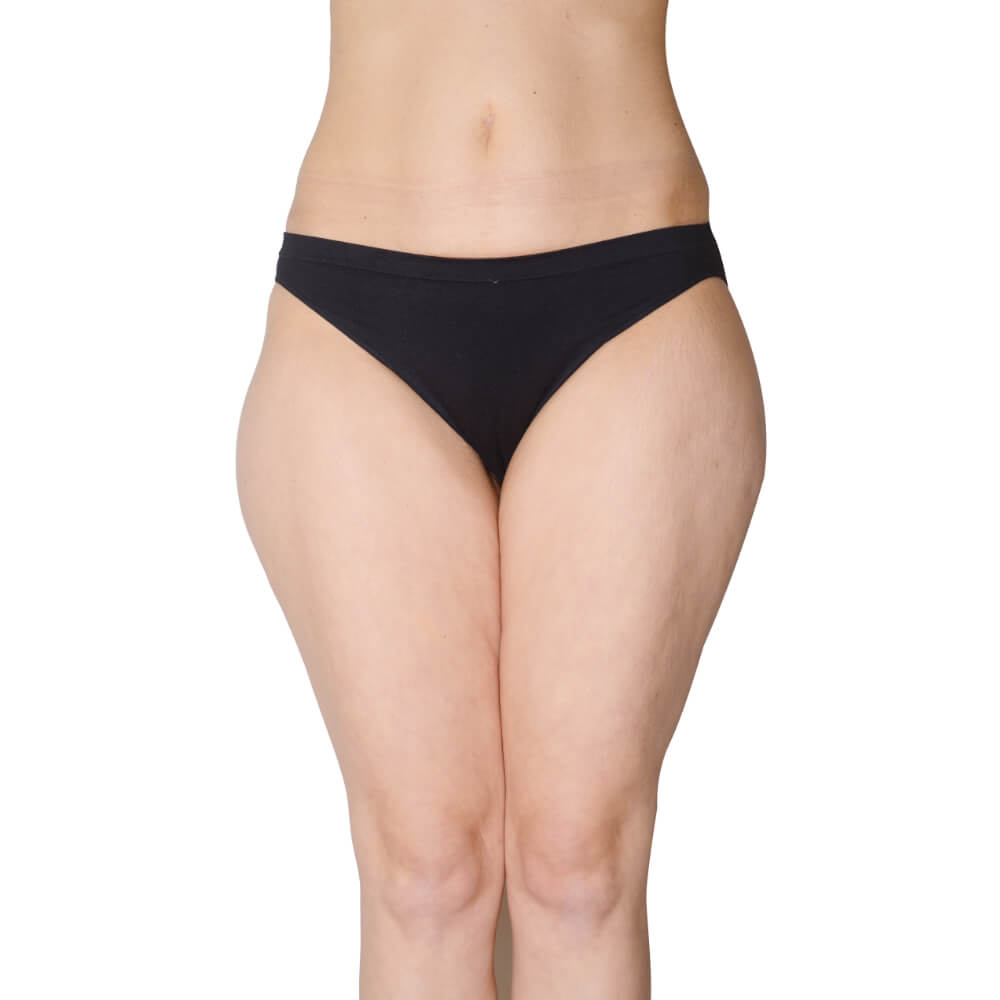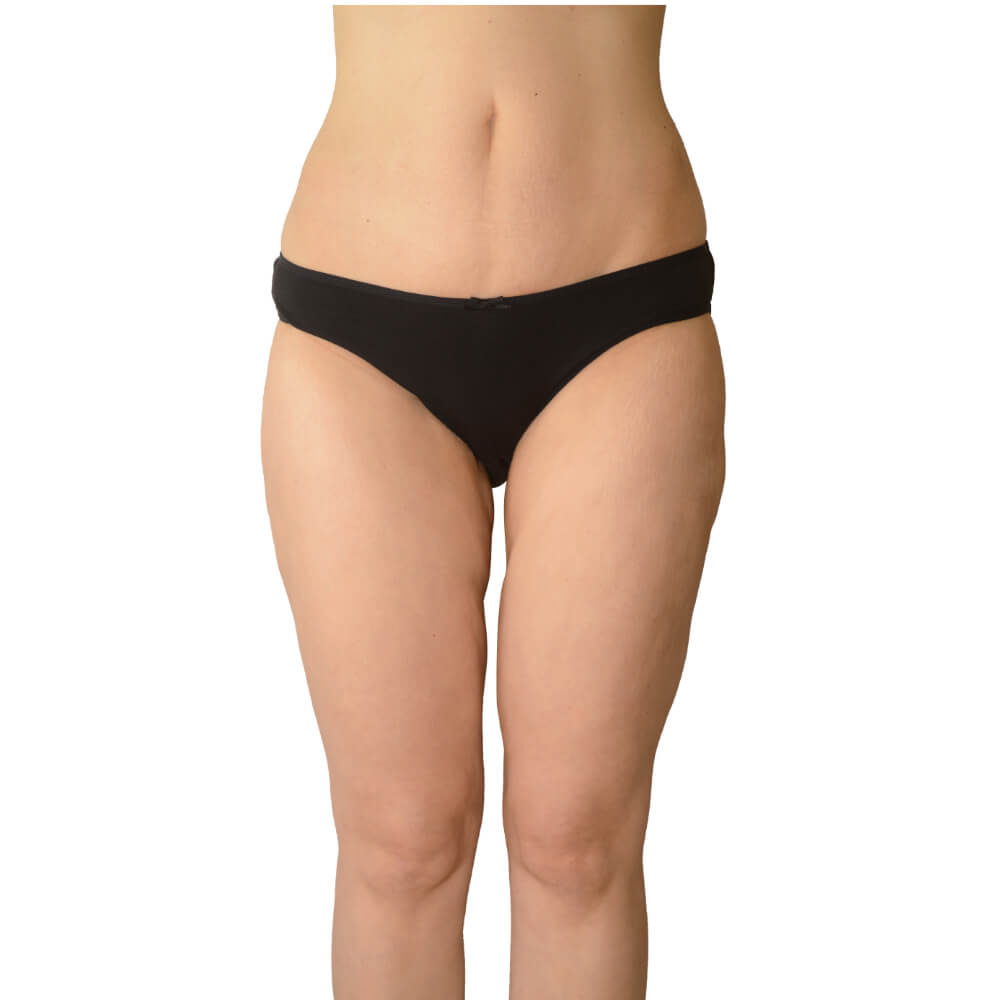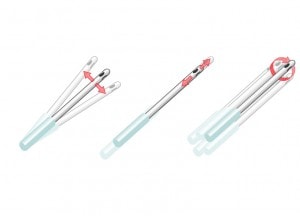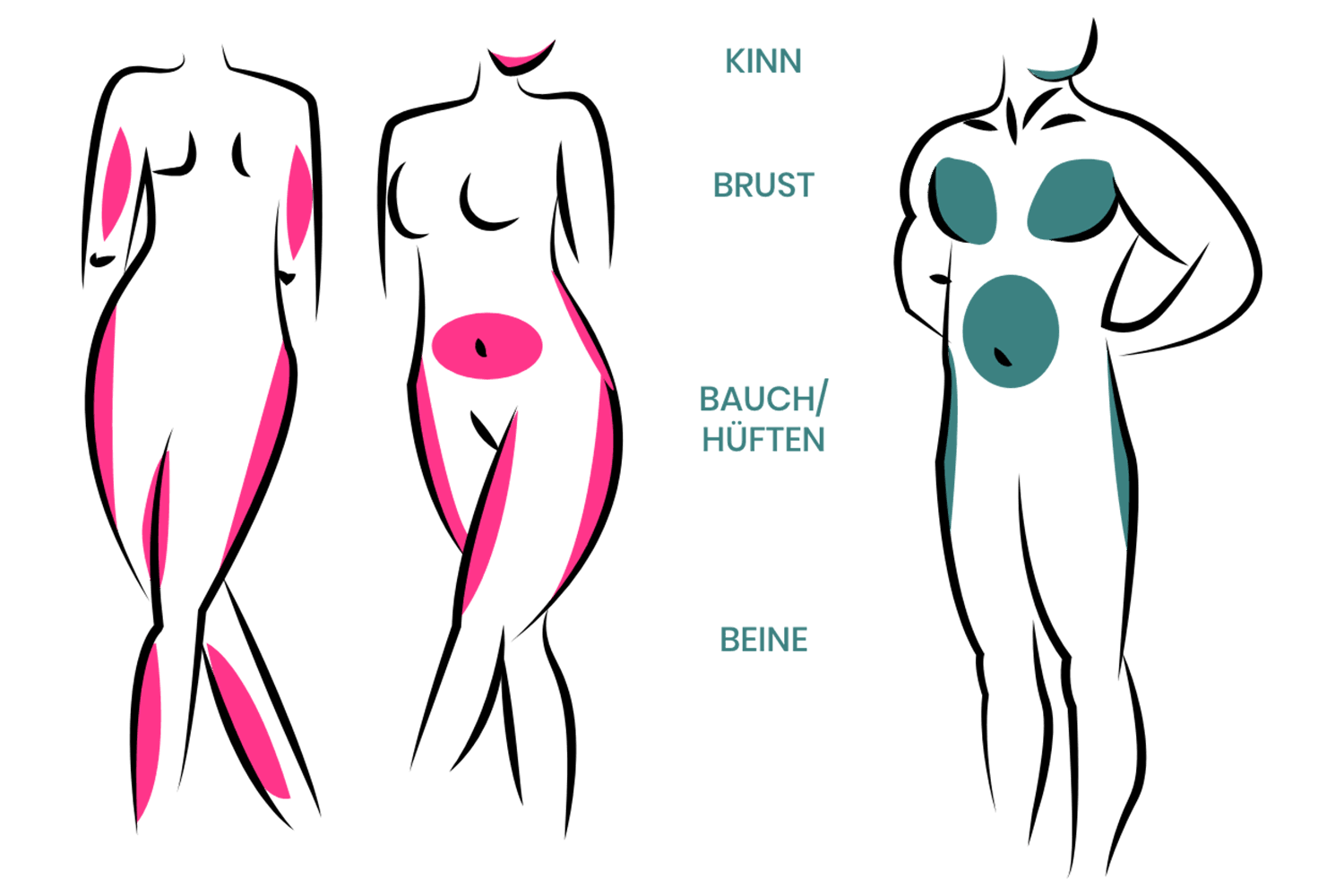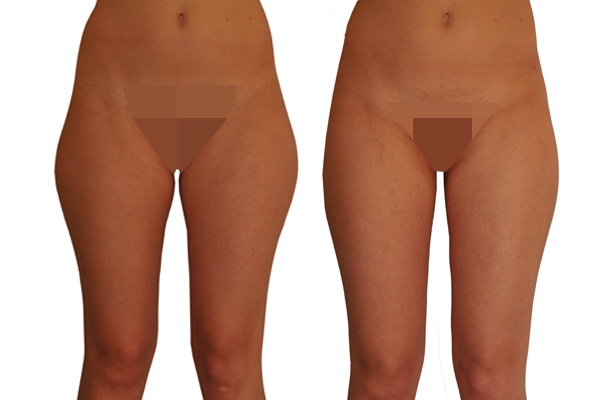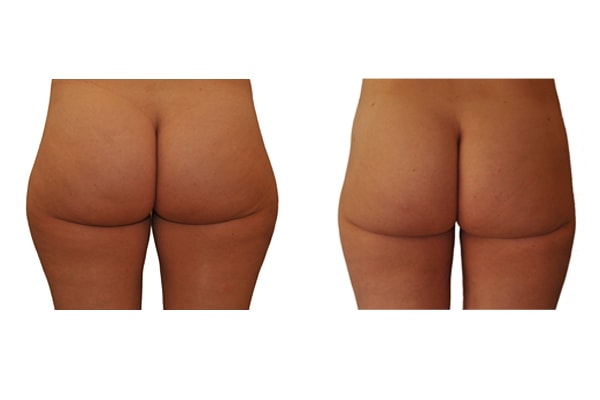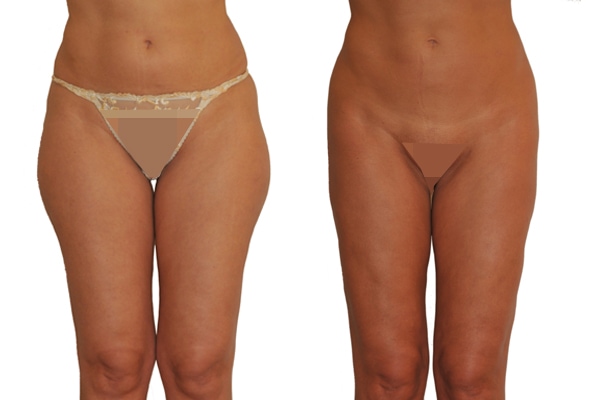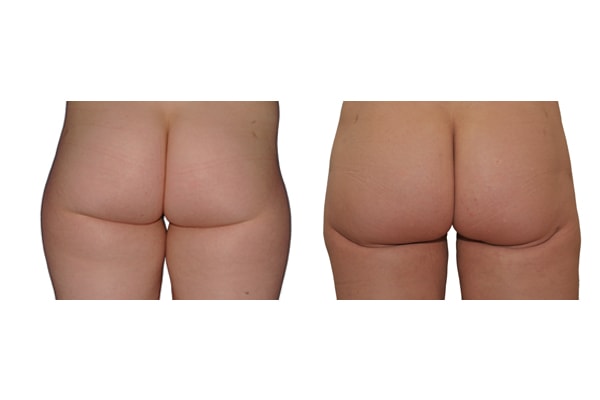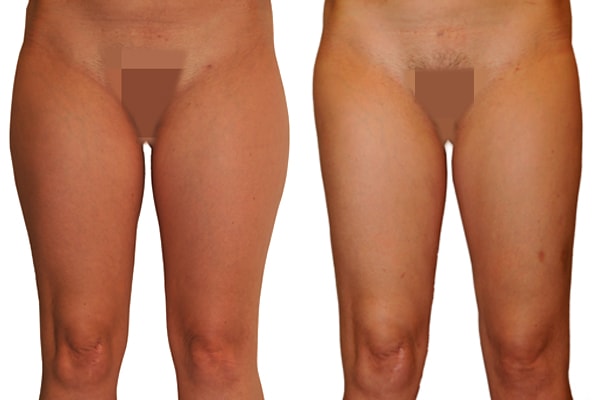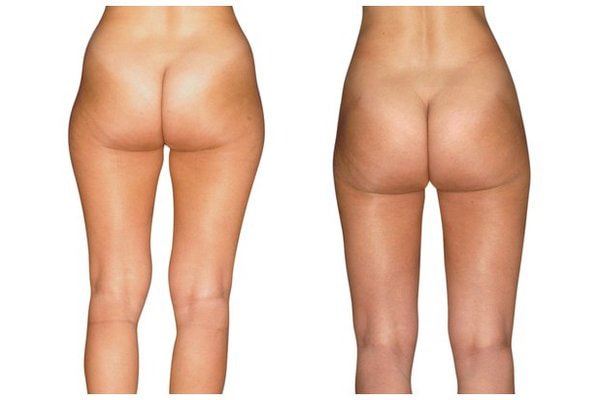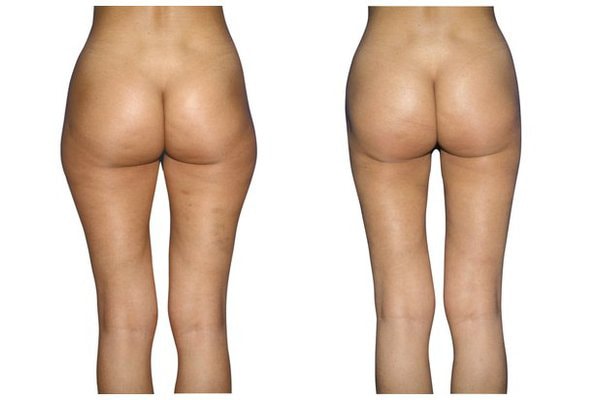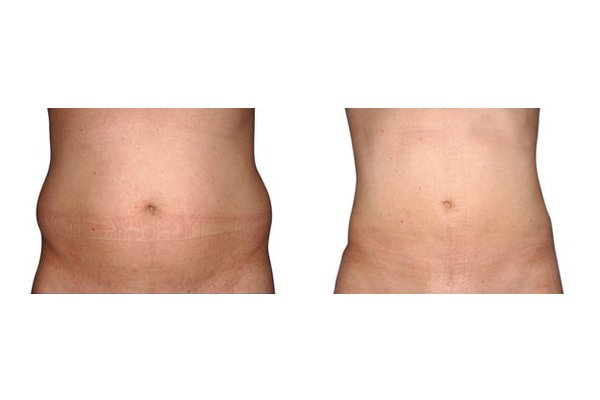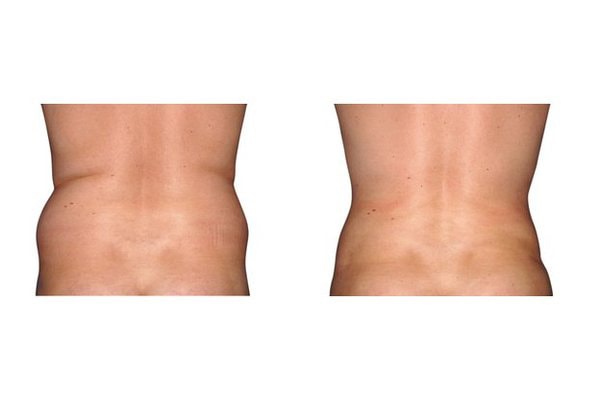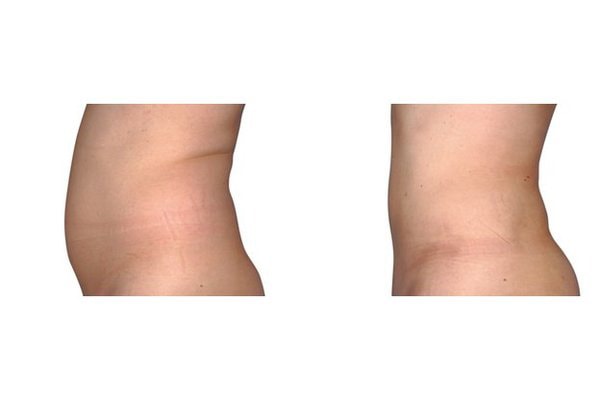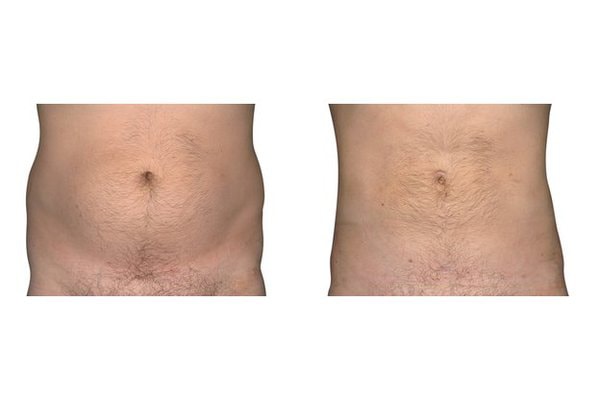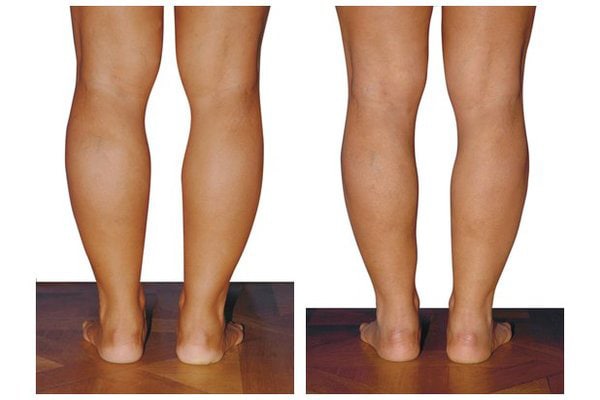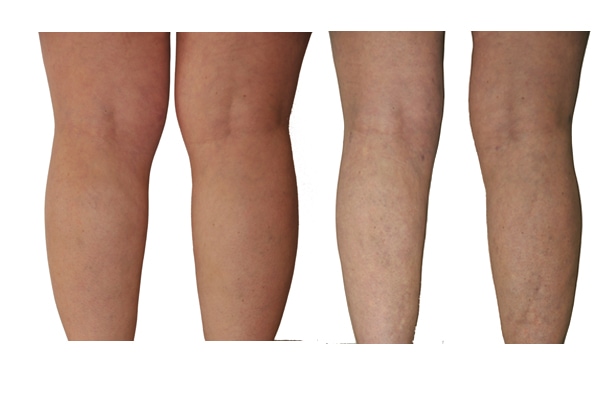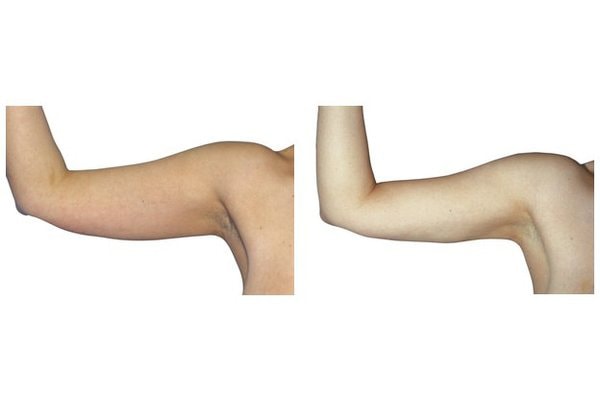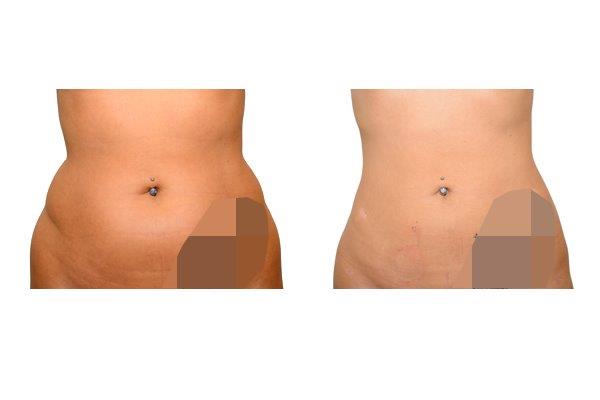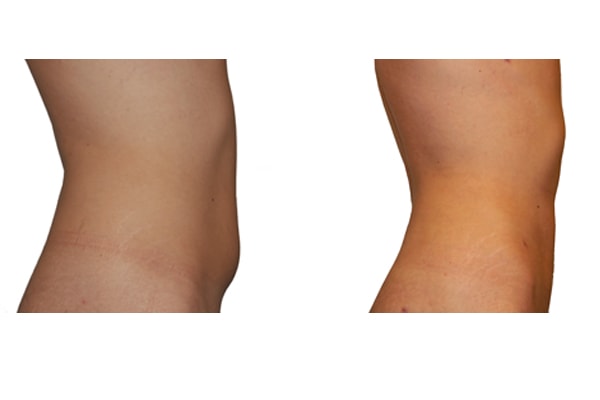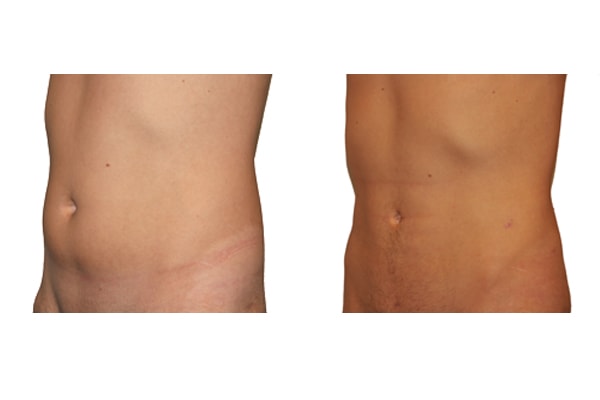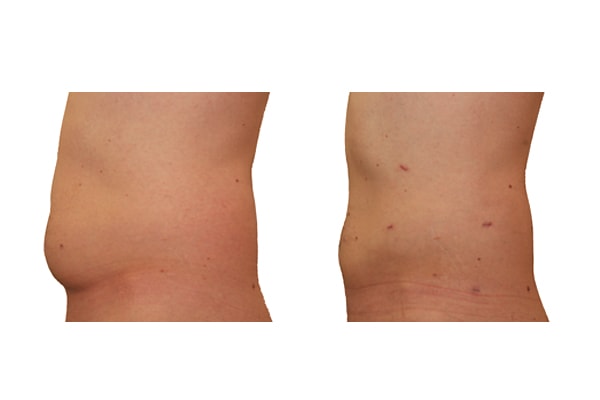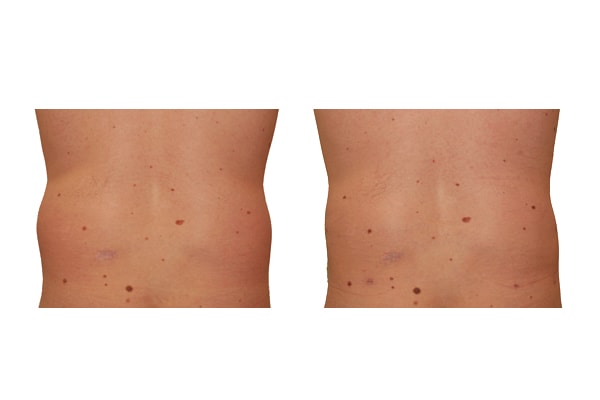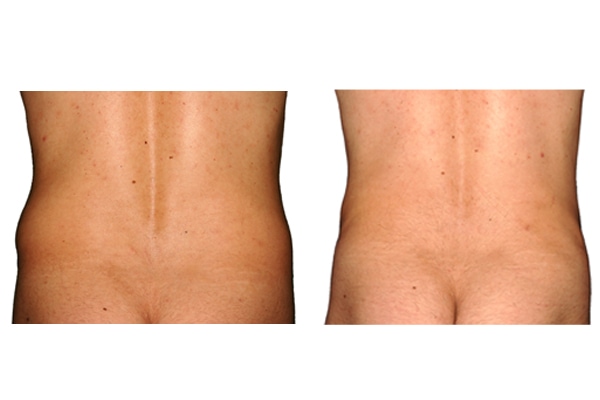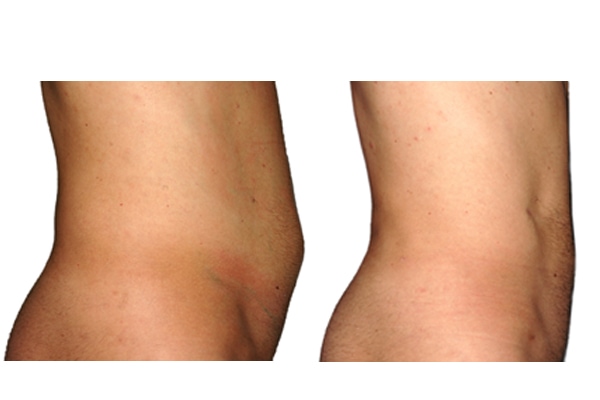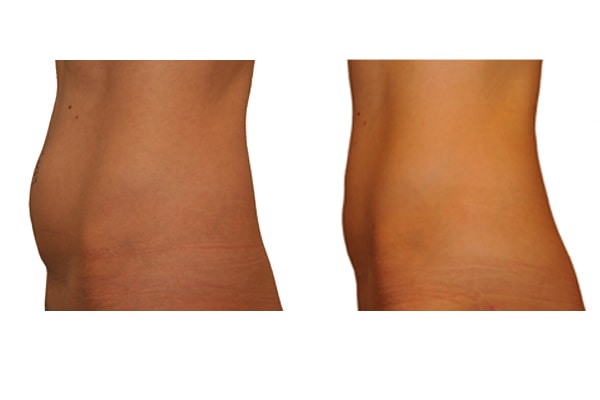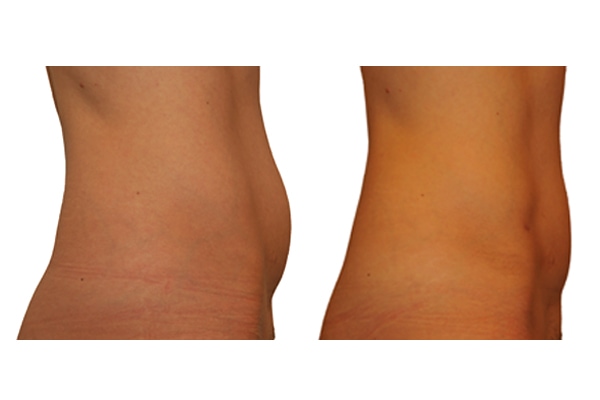1. At what age and until what age you can perform a liposuction?
Liposuction should not be carried out prior to 18 years of age. There is no age limitation provided there are no health objections.
2. What methods of liposuction are there?
Besides the “classical liposuction,” which was conducted for the first time in 1980, there are a number of other methods claiming to be less tissue-traumatizing. These include ultrasound-assisted, laser-assisted, jet-assisted, Vibrations-assisted or electric-assisted liposuction. In my opinion, the method I use, the Lipomatic ® (vibrations-assisted with three-dimensional rotating cannula) is currently the best method to suction fat because vessels, nerves and connective tissue are well protected and the technique ist very effective.
3. When is liposuction recommended?
Liposuction is ideal when there are, at normal body weight, unfavorable fat deposists (e.g. saddle bags, thighs, hips). Liposuction aims at harmonizing the body-contour and is not done primarily for weight loss.
4. What body regions can be treated?
The Lipomatic ® can in principle be used to extract fat in all regions of the body, even sensitive areas like calves, neck, etc. are no longer a handicap.
5. How much fat can be removed at a time?
If the procedure is performed under local anesthesia, the current recommended upper limit is 3 liters of pure fat. When performed under general anesthesia and with appropriate postoperative monitoring, even more fat can be removed.
6. If more procedures are planned, how much time should elapse between the interventions?
At least two months time should be between two medium-scale procedures.
7. Does health insurance cover the cost of the procedure?
A liposuction surgery is basically a cosmetic procedure and therefore not covered by health insurance.
8. What complications can occur?
Medical risks include primarily shock and embolism. If both are considered in planning, and careful implementation of the use of a tissue-sparing method, these risks can be avoided. Result related risks include asymmetry, dell formation and skin discoloration. These cosmetic complications can almost always be completely corrected.
9. Do scars remain after liposuction?
Small skin incisions are made to introduce the suction cannula into the fat. These are 2-6mm long and usually heal to being barely recognizable. In the first months after the procedure, the scars can be a bit red and therefore more noticeable. Over time, however, they will lighten in color and become pale and almost invisible.
10. How long after liposuction is one “socially acceptable” again?
This depends largely on the number of extracted regions, the amount suctioned and the individual’s pain sensitivity. In general, you are back to normal after 7-10 days.
11. How long should I wear compression underwear?
The wearing of compression underwear is recommended for 4-6 weeks. The compression underwear leads to less bruising, the tissue is supported and the skin adjusts better to the new, reduced volume.
12. Is it possible to increase the extracted regions of the body again?
Basically, yes. However, since the number of fat cells are reduced, it is clearly more difficult to put on weight where fat has been removed.
13. What are the long-term results after liposuction?
Long-term results are excellent in general if weight fluctuations are kept under less than 5 kg.
